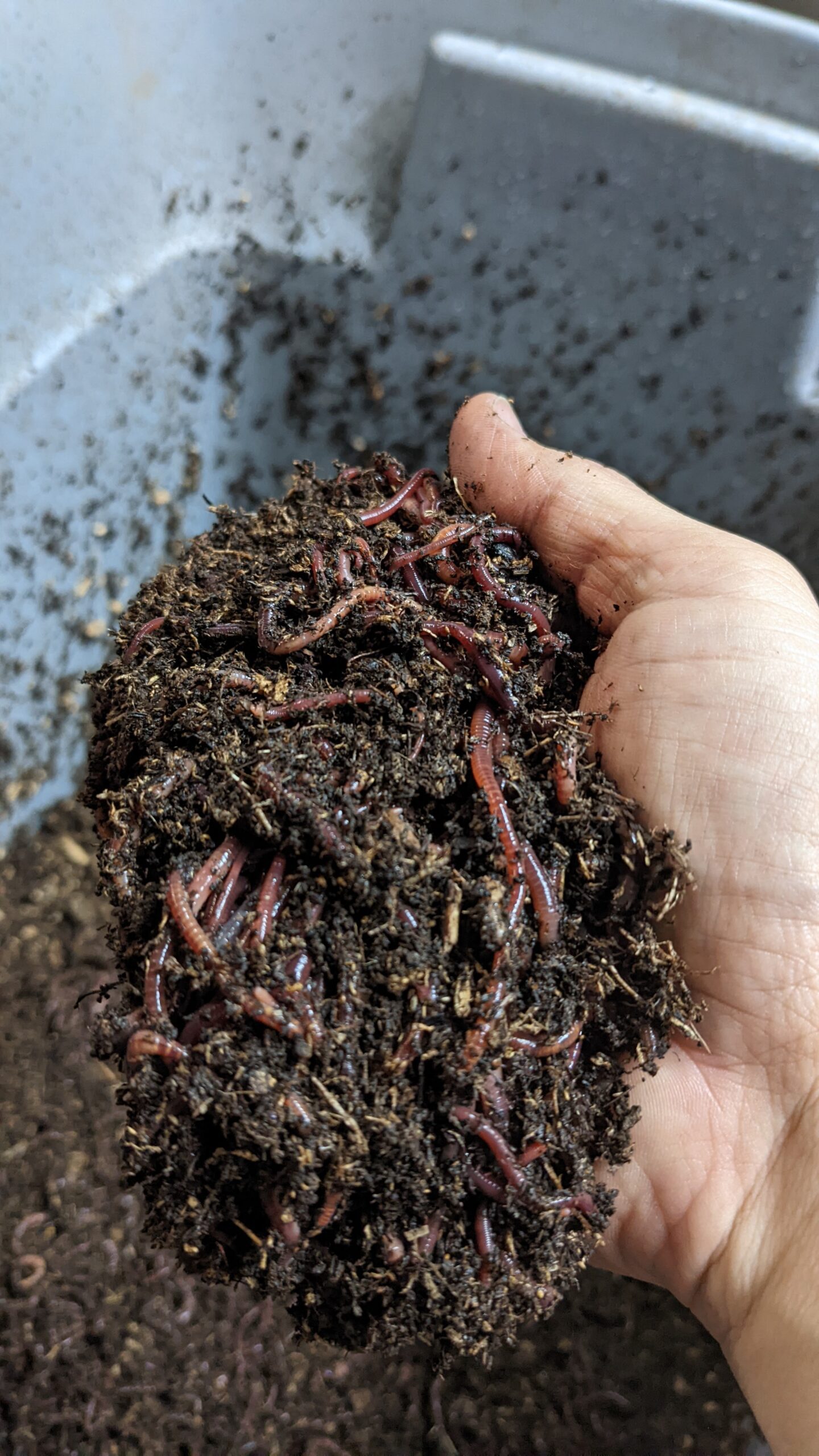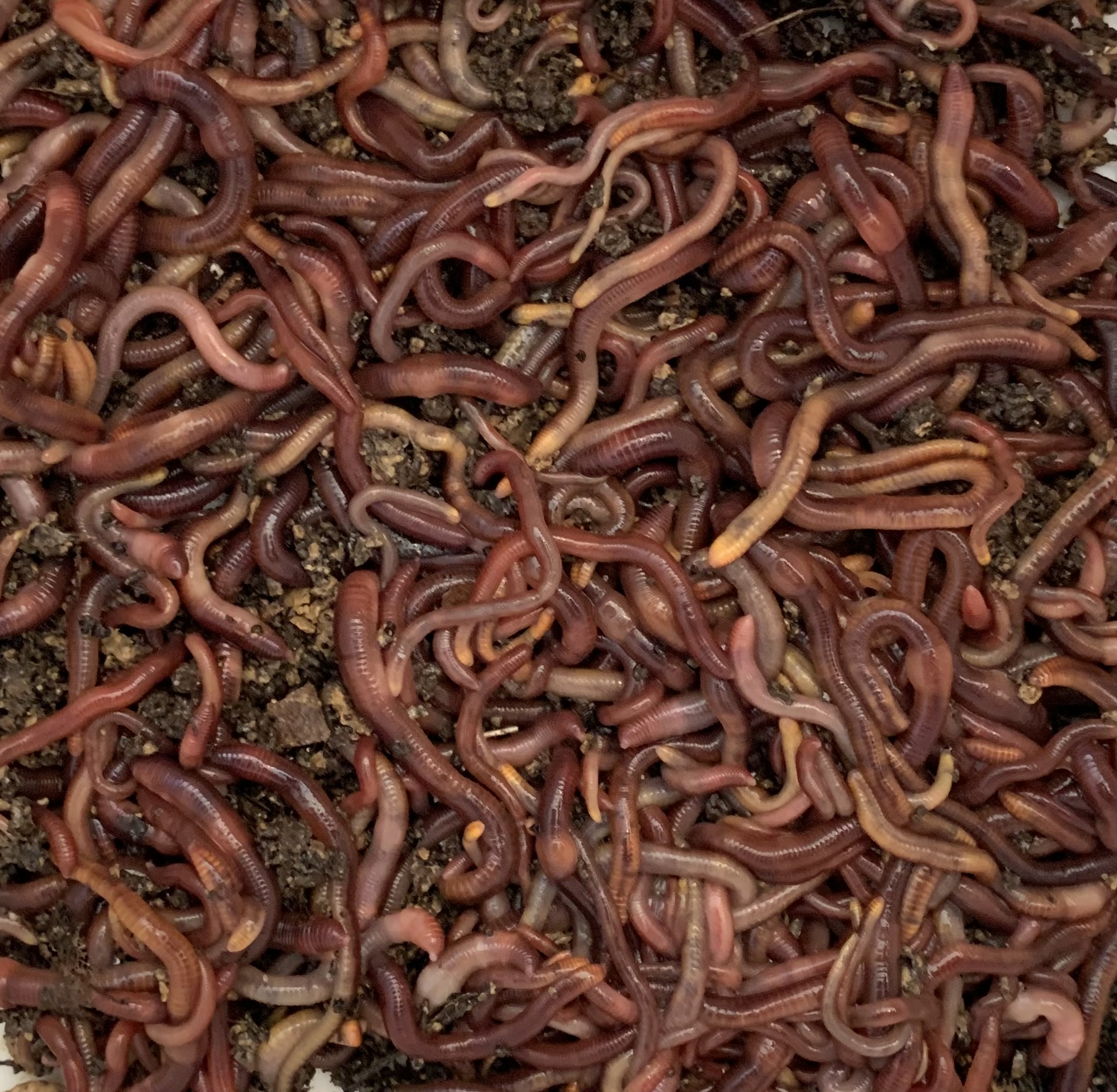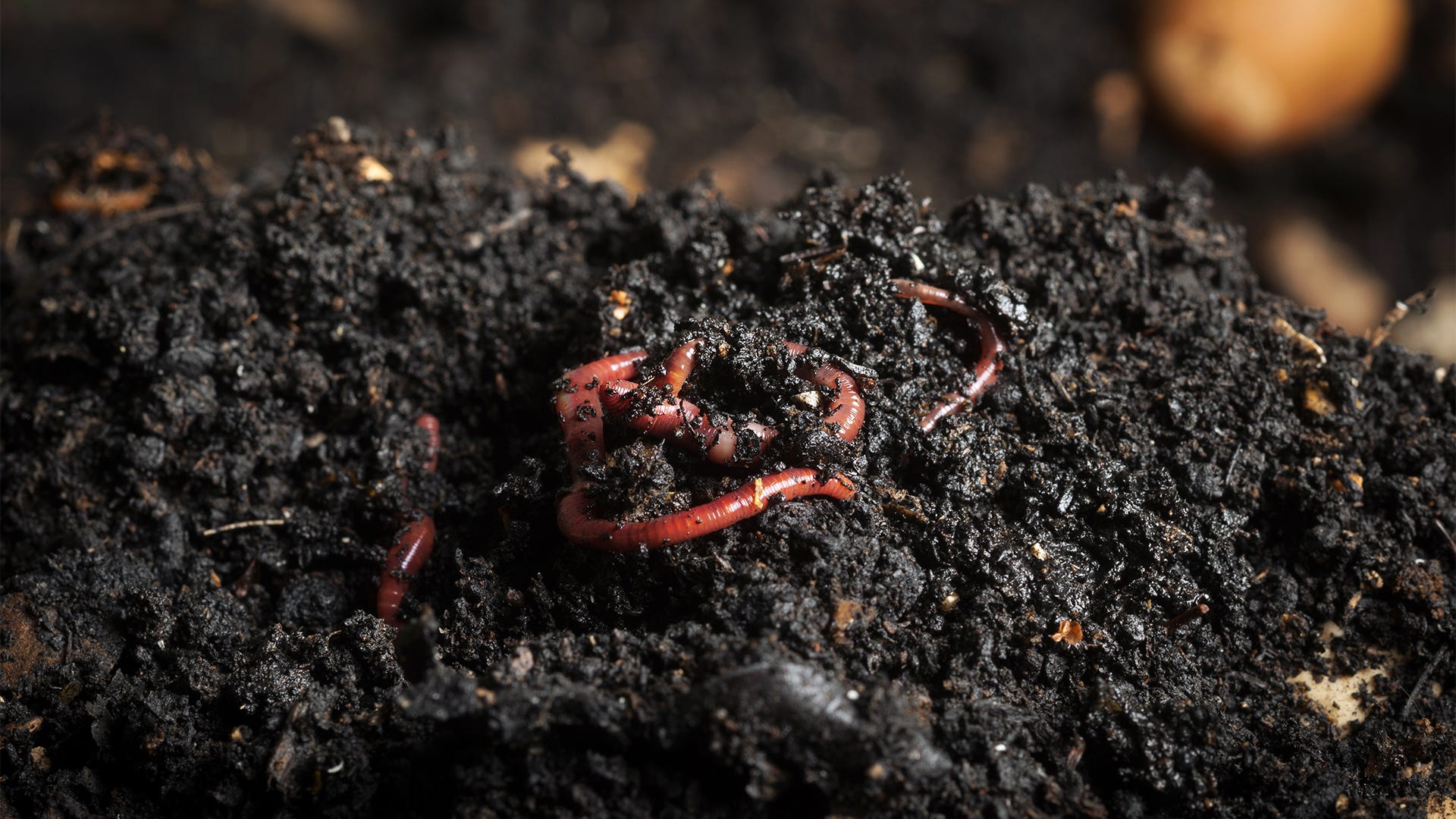See This Report on Red Wiggler Express
The Basic Principles Of Red Wiggler Express
Table of ContentsRed Wiggler Express - TruthsThe Ultimate Guide To Red Wiggler ExpressRed Wiggler Express Things To Know Before You Get ThisAn Unbiased View of Red Wiggler ExpressRed Wiggler Express - The Facts
And the flourishing Red Worm population? Also in the stack that was set up directly in front of yard composters with existing Red Worm colonies.
Numerous selections, consisting of Red Wigglers, European Nightcrawlers, and Lumbricus types were brought over from the European continent. But here's the thingNative or not - and as talented as they are at having the ability to make it through in a wide-range of environments and conditions -. In other words, they are even more likely to socialize in any type of energetic composting systems you have set up, than they are to wander off and begin wrecking the atmosphere.
Roots need oxygen for respiration and rely upon smooth air movement within the soil to prosper. Nonetheless, when it rains, soil can end up being saturated with water, lowering the oxygen available and preventing nutrient absorption - Where To Buy Worms. To keep an optimum equilibrium, the dirt should permit water to drain pipes adequately, leaving adequate area for air to support origin wellness
All about Red Wiggler Express

When it comes to worms for composting, what comes to mind? If you were an earthworm breeder, dealer, or simple garden enthusiast, then you 'd know that red wiggler worms are the ideal worms for vermicomposting. To read more about these earth marvels, gone through a few of the red worm realities listed below.
(https://www.socialbookmarkssite.com/bookmark/5748823/red-wiggler-express/)If they stretch their bodies, you'll be able to see the red stripes on their skin. When elevating worms such as red wiggler worms, you need to have the ability to know exactly how to profit them. When you have the ability to preserve and take care of their environment well, and additionally feed them the ideal sort of organic wastes, after that they'll be able to produce nutrient-packed and quality-rich worm spreadings for you (likewise recognized as worm poop or compost).
The Facts About Red Wiggler Express Uncovered
What do worms eat? Well, these red wriggler worms can be fed with kitchen area scraps and yard wastes.

This habits makes them appropriate for life in worm containers, garden compost heaps, and other restricted areas where organic waste is plentiful. Producing an optimal atmosphere for red wigglers calls for a thoughtful method. Consider the adhering to essential elements to care for red wigglers at home and guarantee their wellness: Use a bed linens of shredded newspaper or cardboard.

Red wiggler worms recreate by laying little, lemon-shaped eggs in protective cocoons. These cocoons are typically transferred in the bed linens and hatch into baby worms within a few weeks.
The 10-Minute Rule for Red Wiggler Express
Their adaptability and durability have made them a prominent choice for vermicomposting in various regions all over the world. Yes! They can survive from a variety of 32F to 90F. They are incredibly versatile pests. Consider protective actions for very severe temperature levels such as: Insulating the worm bin with layers of straw or leaves.

Simply bear in mind - you can always include even more food later on (yet it's hard to eliminate feed once it's been included to a bin!).
Due to the fact that I fed the red wigglers and garden compost worms also much, they weren't able to maintain up and over time the older food went uneaten and developed anaerobic conditions that killed the worms. Below're the 6 golden rules for how frequently and just how much to feed your worms: Rule # 1: Moderation!
Excitement About Red Wiggler Express
Leftover food will result in anaerobic conditions that will kill your real-time worms. It is alright to sprinkle a little of their initial bed linen (which should currently remain in the container) over the food, yet the food needs to never be hidden and ought to show up to your eye. Rule # 5: See policy # 1! Regulation # 6: After the very first feeding, feed the worms 1/3 to 1/2 of their weight.